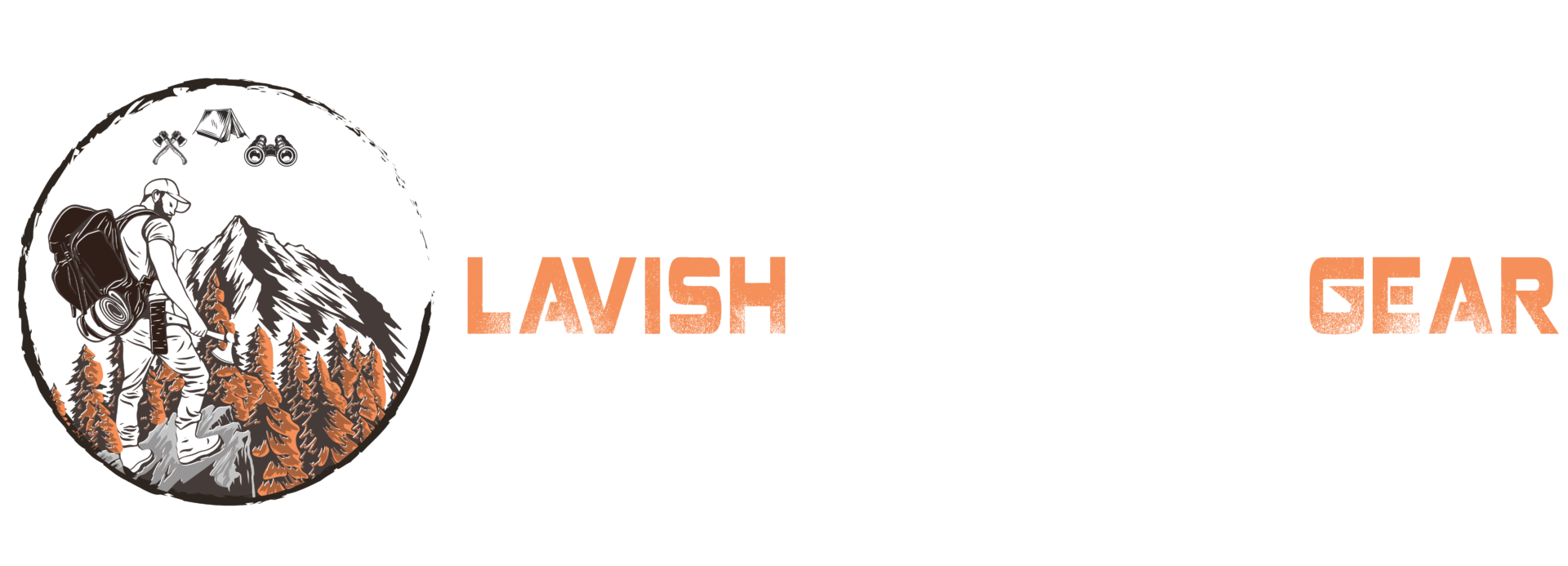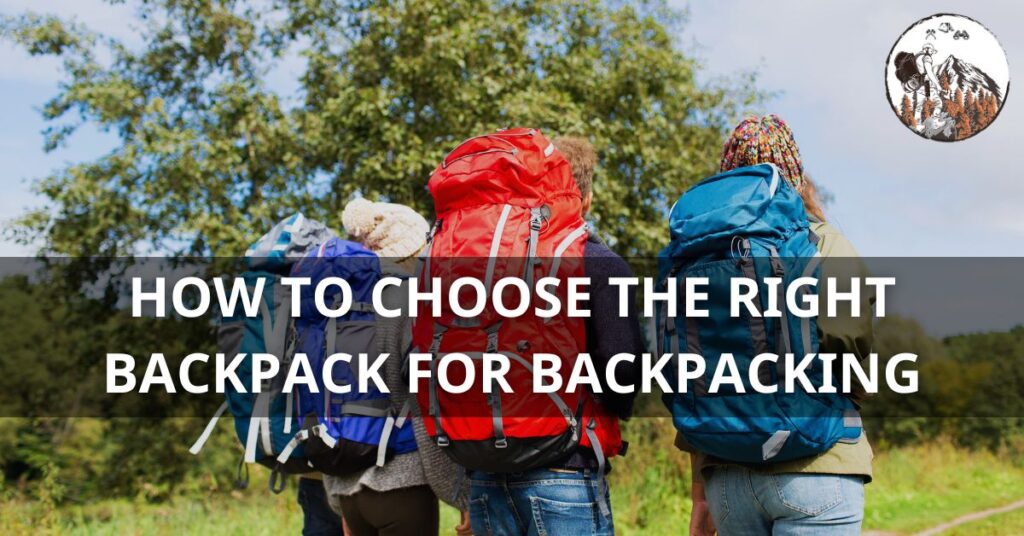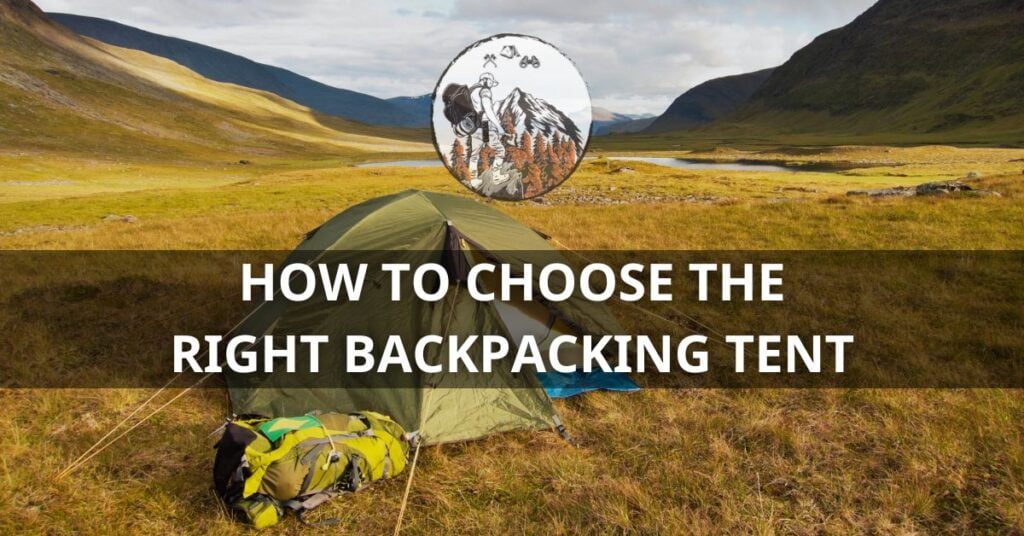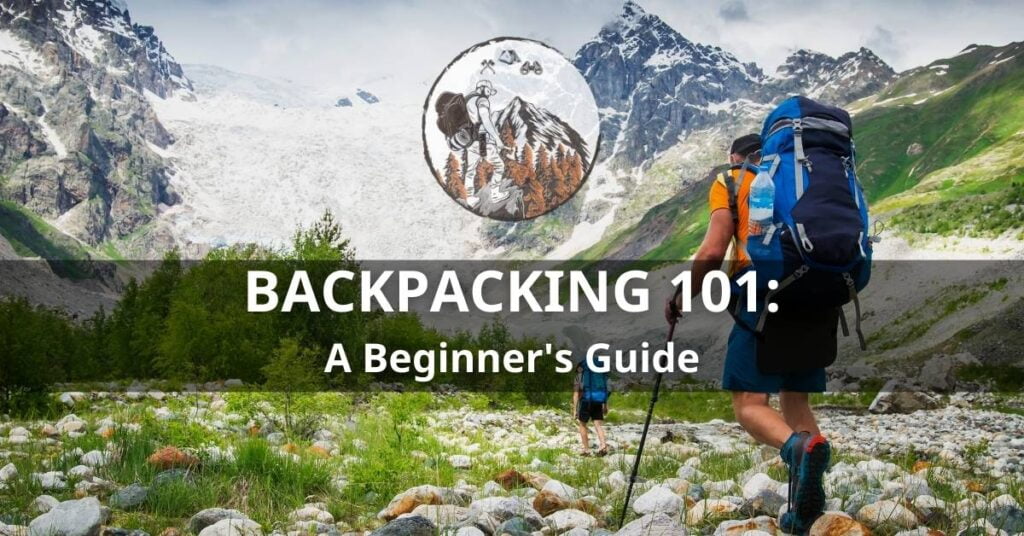Are you ready to embark on your next backpacking adventure? Learning how to choose a backpack for backpacking can make all the difference in your journey. It’s not just a matter of convenience, but also ensuring your comfort, safety, and overall enjoyment on the trail.
In this blog post, we’ll guide you through the process of selecting the perfect backpack for your backpacking needs.
Table of Contents
Different Types of Backpacks
When it comes to backpacking, there is no one-size-fits-all solution. Understanding the different types of backpacks available will help you make an informed decision.

1. Daypacks
Ideal for shorter trips or day hikes, daypacks are lightweight and compact, designed to carry essentials like water, snacks, extra layers, and a first aid kit. They usually have a capacity of 20-35 liters and are best for carrying lighter loads.
Some of the pros and cons of daypacks include:
- Pros: lightweight, compact, perfect for shorter trips or day hikes
- Cons: limited storage capacity, not suitable for larger gear or longer trips

2. Overnight Backpacks
Slightly larger than daypacks, overnight backpacks are perfect for overnight trips or weekend getaways. They offer more space for additional gear, including a sleeping bag, tent, and cooking equipment. The capacity ranges from 36-50 liters.
Pros and cons of overnight backpacks are:
- Pros: more space for gear, suitable for overnight trips or weekend getaways
- Cons: may be too small for longer expeditions, not as durable as larger backpacks

3. Multi-day Backpacks
If you’re planning a longer backpacking trip lasting multiple days, a multi-day backpack is your best bet. These spacious backpacks can accommodate all your gear, food, and clothing for extended adventures. They typically have a capacity of 50-80 liters.
If we talk about the pros and cons of multi-day backpacks, they are:
- Pros: spacious, suitable for longer expeditions, can carry all necessary gear
- Cons: heavier and bulkier than smaller backpacks, may be overkill for shorter trips

4. Expedition Backpacks
For extreme adventures like mountaineering or backcountry skiing, expedition backpacks are designed to withstand the toughest conditions. They have a capacity of 80 liters up to 110 liters or more and are built for durability, comfort, and organization.
Some pros and cons of expedition backpacks include:
- Pros: durable, designed for extreme conditions, can carry heavy loads
- Cons: heavy and bulky, may be too large for regular backpacking trips
Key Features to Consider
Now that you know the different types of backpacks, here are some key features to consider when choosing the right one for your backpacking needs.
1. Fit
The most important factor in selecting a backpack is finding one that fits comfortably on your body. A properly fitting backpack should distribute weight evenly across your hips and have adjustable straps to accommodate your unique frame.
2. Material
Backpacks come in a variety of materials, each with its pros and cons. Some popular options include:
- Nylon: lightweight and durable, but not as water-resistant
- Ripstop nylon: even more durable than regular nylon, but may be heavier
- Canvas: heavy-duty and water-resistant, but also heavy
3. Frame
The frame of a backpack helps distribute weight and provide structure. Internal frames are ideal for more maneuverability, while external frames offer better stability with larger loads.
4. Pockets and Compartments
Consider the number and placement of pockets and compartments in a backpack. These can help keep your gear organized and easily accessible.
5. Capacity and Size
Consider how much gear you typically carry and choose a backpack with an appropriate capacity. Keep in mind that a larger capacity means more weight to carry.
6. Weight and Comfort
Look for a backpack that is lightweight and ergonomically designed. Adjustable straps, padded hip belts, and a well-ventilated back panel can significantly improve comfort during long hikes.
7. Durability and Weather Resistance
Your backpack should be able to withstand the rigors of the trail. Look for durable materials and water-resistant features to protect your gear from the elements.
8. Accessibility and Organization
Easy access to your essentials is crucial on the trail. Look for backpacks with multiple compartments, pockets, and external attachment points for organizing your gear efficiently.
How to Measure for a Backpack
Proper fit is paramount when choosing a backpack. Follow these simple steps to ensure a comfortable and well-fitting backpack.
1. Torso Length
Measure the length of your torso from the base of your neck to the top of your hip bones. This will help you determine the appropriate backpack size for your body.
2. Hip Belt Size
Measure around your hips at the widest part to find the right hip belt size. The hip belt should rest comfortably on your hips, transferring the weight of the backpack to your lower body.
3. Shoulder Strap Fit
Adjust the shoulder straps to ensure a snug fit without any discomfort or pressure points. The straps should contour to your shoulders while allowing freedom of movement.
4. Load Lifter Straps
These are the straps that connect the top of your backpack to your shoulder straps. They help to pull the load closer to your body, improving balance and reducing the strain on your shoulders. Adjust them so that they form a 45-degree angle between your shoulder straps and the pack.
5. Sternum Strap
This strap connects your two shoulder straps, helping to distribute the load more evenly and prevent the shoulder straps from moving around too much. It should sit about an inch below your collarbones. Always buckle it, and adjust the length for comfort.
6. Backpack Testing
After adjusting all the straps, do a test run with the backpack loaded with a weight similar to what you plan to carry on your trip. Walk around, climb stairs, or even do a short hike. This test will let you know if the backpack fits correctly and comfortably over a length of time. Make any necessary adjustments before your actual trip.
Recommended Brands or Models
While there are numerous backpack options available, here are a few reliable and popular brands to consider:
- Osprey: Known for their comfortable and durable backpacks with excellent suspension systems.
- Gregory: Renowned for their ergonomic designs and customizable fits.
- Deuter: A trusted brand offering a wide range of backpacks suitable for various outdoor activities.
Remember, the right backpack is an investment in your comfort and enjoyment on the trail. Take the time to research and try on different models to find the one that suits your needs.
Conclusion
Choosing the right backpack is essential for any backpacking adventure. By considering factors such as capacity, weight, comfort, durability, and organization, you can find the perfect backpack to accompany you on your outdoor journeys. So, before you hit the trail, make sure to choose wisely and enjoy the freedom of backpacking with confidence.
Thank you for exploring our guide; we hope it’s been valuable. Your satisfaction is our priority—share with friends who may benefit. Any Queries? We’re here to help!
Your support means a lot! We’ll keep delivering great content. Best wishes for your journey, and thanks for being part of our community!
FAQs
Q. What’s the importance of proper backpack fit?
Proper fit is crucial for comfort and preventing strain. Choose a backpack with adjustable shoulder straps, a padded back panel, and a waist belt. The bag should sit comfortably on your back, distributing weight evenly to avoid discomfort or back pain.
Q. How do I choose the right backpack for a day hike?
Consider a daypack with a capacity of 20-35 liters. Pros include being lightweight and compact, suitable for shorter trips.
Q. What are the cons of using an overnight backpack?
Overnight backpacks, with a 36-50 liter capacity, may be too small for longer expeditions. They might not be as durable as larger backpacks.
Q. What features should I prioritize when selecting a backpack?
Key features include a comfortable fit, durable material (considering options like nylon, ripstop nylon, or canvas), appropriate frame type, and sufficient pockets for efficient organization.
Q. How do I measure for a backpack to ensure a proper fit?
Measure torso length, hip belt size, and adjust shoulder straps, load lifter straps, and sternum strap. Conduct a test run with the loaded backpack to ensure comfort over time.



